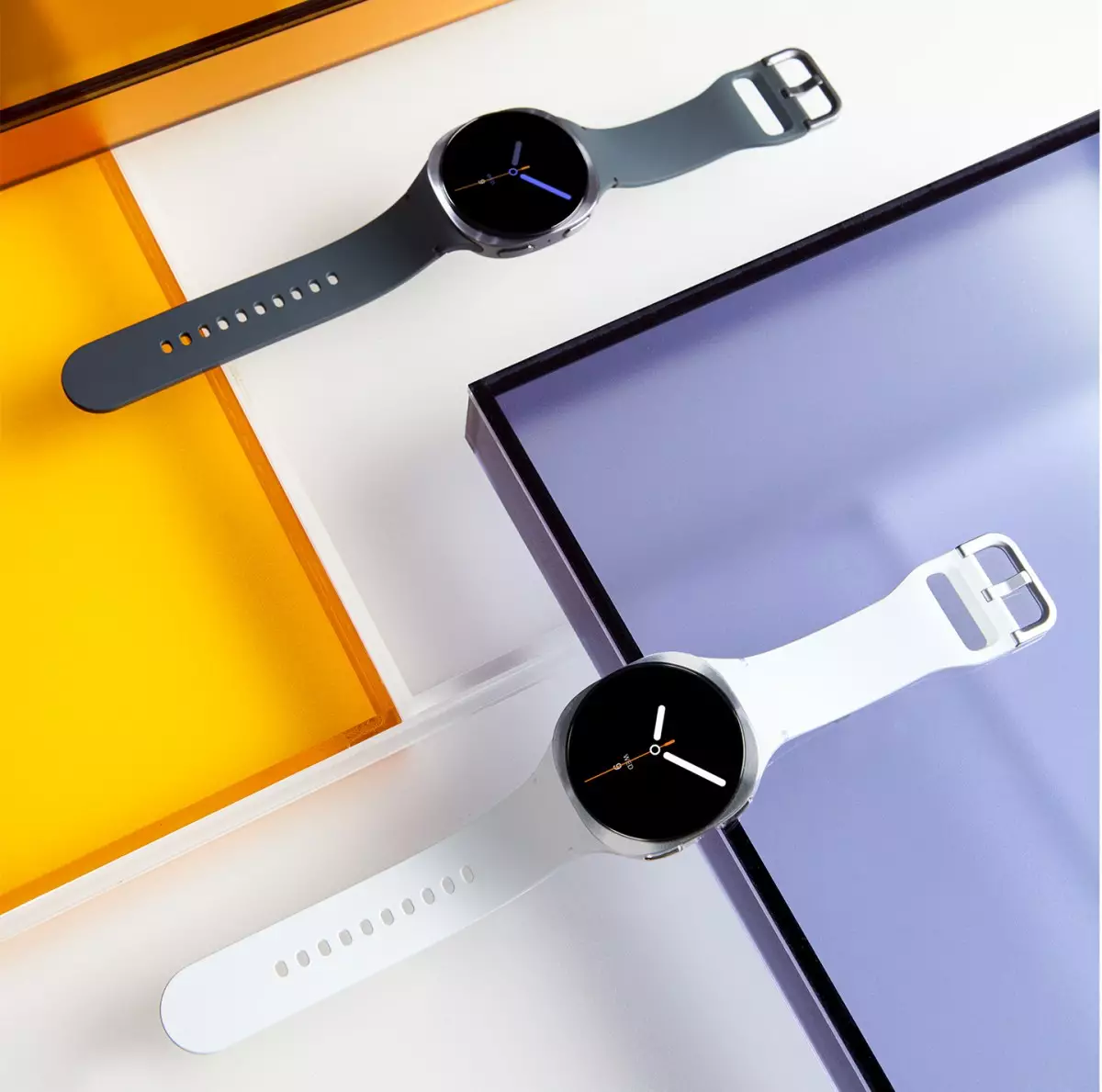Samsung’s latest release, the Galaxy Watch8 series, marks a significant shift in the company’s wearable strategy, merging sleek design with advanced features. The redesign draws heavily from the Galaxy Watch Ultra, boasting a more refined aesthetic that aligns with contemporary tastes. The return of the Classic model with a rotating bezel demonstrates Samsung’s commitment to offering tactile, traditional smartwatch controls amidst the modern touchscreen-heavy landscape. While this design overhaul enhances visual appeal and user experience, it also raises questions about practicality—does a larger, more premium feel translate into daily comfort? For many users, the improved form factor and aesthetic cues will bolster the appeal of owning a high-end watch that balances modern sophistication with functional versatility.
Powerful Display and Hardware: Brightness and Durability Take Center Stage
One of the standout improvements in the Galaxy Watch8 is its upgraded display—delivering a peak brightness of 3,000 nits, a substantial upgrade from the Watch7’s 2,000 nits. This enhancement makes the watch far more legible in direct sunlight, addressing a longstanding limitation of many wearable devices. The increased brightness, paired with an visually striking design, signifies Samsung’s focus on user versatility—whether during outdoor activities or work environments. Internally, the Watch8 retains the robust Exynos W1000 chip and introduces a BioActive Sensor capable of measuring heart rate, EKG, and body composition. This combination indicates Samsung’s intention to provide comprehensive health data while maintaining a familiar, reliable hardware foundation. Nonetheless, one might critique that the hardware improvements, while substantial, are incremental in an era where health-tracking devices are becoming more sophisticated globally.
Health and Wellness: Innovative Features with Questionable Real-World Utility
Samsung’s push into health monitoring continues with features like Bedtime Guidance, Vascular Load, Running Coach, and an Antioxidant Index. While these tools underscore a focus on personalized wellness, their practical usefulness is debatable. For example, the Bedtime Guidance and Vascular Load features rely on complex calculations and assumptions about a user’s health, which may oversimplify individual needs. Similarly, the Antioxidant Index, measuring carotenoids, is intriguing but may not provide actionable insights beyond general dietary advice. These features, heavily dependent on data accuracy and user interpretation, risk becoming more gimmick than genuinely beneficial. Samsung’s integration of these tools within the Galaxy Watch8’s ecosystem reflects a desire to position the device as an all-encompassing health companion, yet the real challenge remains in translating data into meaningful lifestyle changes.
Software and Ecosystem: A Significant Leap with Google Integration
Running on One UI 8 Watch based on Wear OS 6, the Galaxy Watch8 introduces Google’s Gemini voice assistant, signaling a strategic move to enhance user interaction. The inclusion of voice commands for questions marks a notable advancement, making the smartwatch more intuitive and less dependent on touchscreen inputs. Coupled with seamless integration into Samsung Health, Calendar, and Reminder apps, this software overhaul aims to elevate the user experience. However, Samsung’s decision not to alter the flagship Ultra model suggests a measured approach—meanwhile, the addition of vibrant new colorways like Titanium Blue signifies an effort to appeal to fashion-conscious consumers. Still, the overall software ecosystem must prove its stability and usability in real-world scenarios; otherwise, it risks falling short of its potential as a true all-in-one health and lifestyle device.
Pricing and Market Positioning: Bold Moves in a Competitive Arena
With a starting price of $350 for the Bluetooth versions, the Galaxy Watch8 remains competitive yet signals a willingness to position itself as a premium device. The LTE models, priced at $400 to $550 depending on the size and features, target consumers who prioritize connectivity on the go. The Classic model, priced at $500-$550, caters to those seeking a blend of traditional watch aesthetics with modern features. The introduction of a new Titanium Blue colorway at $650 for the Watch Ultra highlights Samsung’s strategy to maintain variation in both style and price, appealing to high-end buyers. The timing of preorders and eventual availability indicates Samsung’s confidence in capturing consumer attention, although the price points invite scrutiny—are consumers willing to pay a premium for incremental improvements, or do they seek revolutionary features instead?
Samsung’s Galaxy Watch8 series embodies a mixture of daring design choices and thoughtful technological enhancements. While not without flaws, the devices underscore an ambitious push to redefine what a smartwatch can be—serving as both a health monitor and a connected lifestyle hub. Yet, the true measure of these devices will be how well they adapt to everyday use and consumer expectations in an increasingly crowded market.

